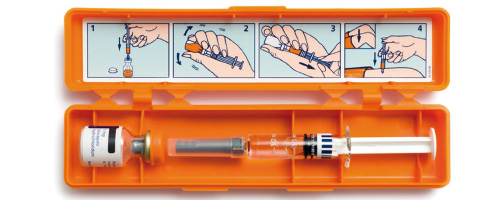How FDA will prioritise Inspections
Recommendation

Combination Products
The US Food and Drug Administration (FDA) has published a Manual of Policies and Procedures (MAPP) describing how the agency will prioritise surveillance inspections of pharmaceutical manufacturing sites.
According to a statement from FDA Commissioner Scott Gottlieb, M.D., on the agency's global efforts to help assure product quality and transparency at foreign drug manufacturing facilities, "FDA's inspections program is a large-scale endeavour":
Last year, more than 5.000 routine surveillance inspections were performed with more than 3.000 inspections outside the US. This is a lot of work and as other agencies, FDA needs to prioritise actions. FDA will use a "risk-based site selection model to ensure that inspectional resources are allocated in the most efficient and appropriate manner to protect patient health". The inspection frequency will be based on the potential risk of products and processes for patients - and not on the location of the site.
The so called Site Selection Model (SSM) will cover sites according the CDER Catalog of Manufacturing Sites, as determined by section 510 of the FD&C Act. This embraces sites that commercially manufacture finished pharmaceuticals (drug products), in-process materials, or active pharmaceutical ingredients (API; drug substance) for use in a drug intended for humans. Drugs intended for use only in clinical trials (investigational medicinal products, IMP) are not included; these sites may be inspected "when deemed necessary".
As a result, a Site Surveillance Inspection List (SSIL) will be created, prioritising sites for surveillance inspections. The number of sites will also depend on FDA's capacity and resources. But it will be mainly based on defined risk factors:
- Site type (e.g., manufacturer, packager, control lab)
- Inspection and compliance history
- Foreign regulatory authority inspectional history
- Patient exposure
- Hazard signals (such as FARs, BPDRs, MedWatch reports, recalls, etc.).
- Inherent product risk like for example dosage form, route of administration etc.
- Any other criteria deemed necessary and appropriate
Independent from that the FDA will continue to collaborate with other countries. With the Mutual Recognition Agreement (MRA) with the EU for example, FDA can recognise the drug inspections conducted by EU regulatory authorities.




